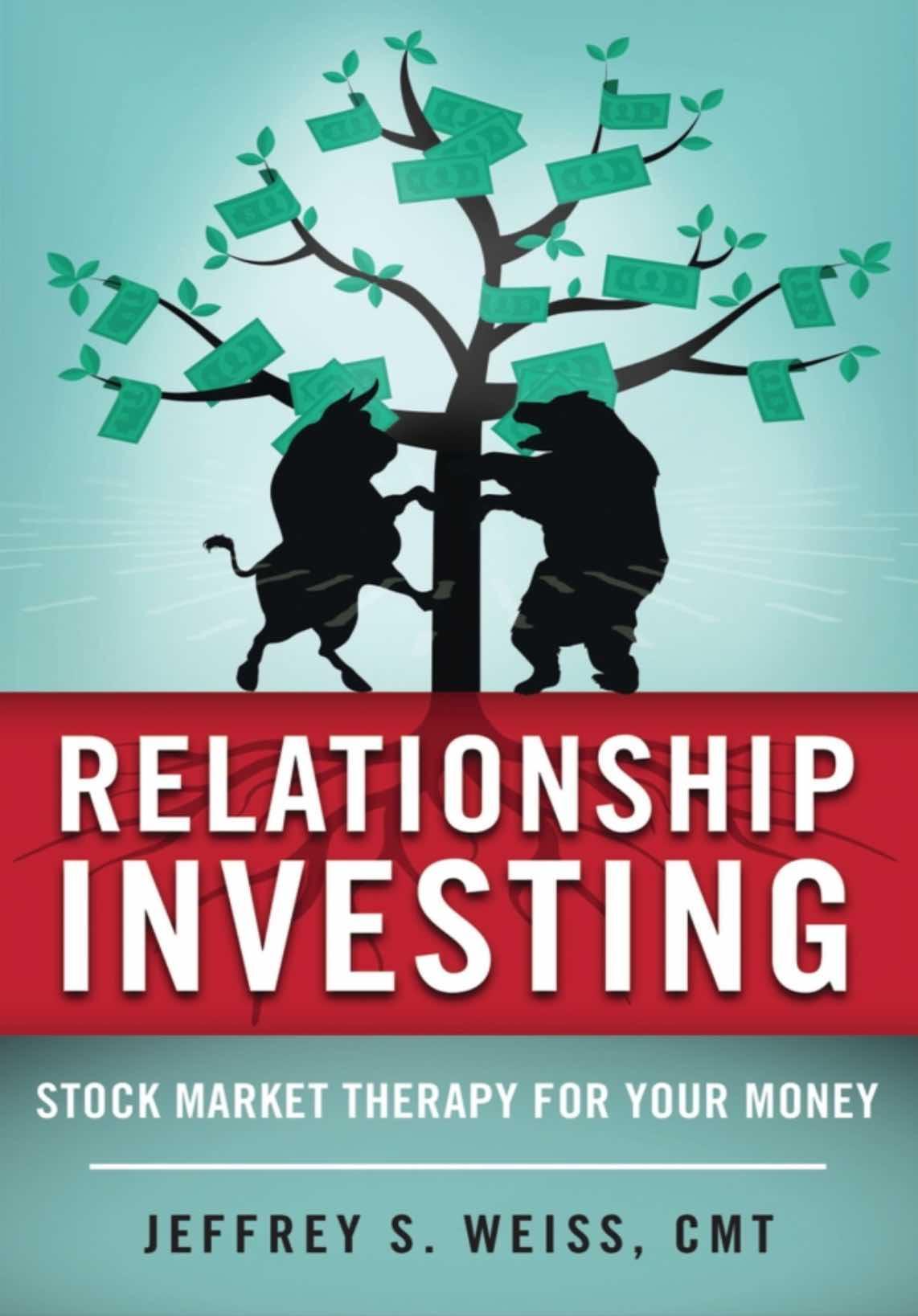The stock market and life’s relationships are inextricably linked. They always have been and always will be. Throughout stock market history, investors’ habits have remained intact. Their psychological investment profile is largely unaltered, and so is their response to the market’s movements. Whether it concerns gains versus losses, dividend yields, tax considerations, buying and selling strategies, or so many other investment variables, investors’ thought processes really haven’t changed over time. That’s why the investment tenets mentioned in this book were as valid decades ago as they are today and will be in the future. That’s why the same chart patterns that manifest themselves today and will occur going forward also existed back then. It’s called human nature.
Some have opined that with so many folks looking at price charts these days, technical analysis has become a self-fulfilling prophecy. Wrong! Go back to the Great Depression years or elsewhere in market history. Similar chart formations have occurred over and over again over time not because of the increased frequency of chart usage but because investment behavior and the resulting supply-demand verdicts haven’t changed. Take a look at the historical charts and commentary in Technical Analysis of Stock Trends by Edwards & McGee. You’ll see what I mean. The book, now in its tenth edition, is considered a defining technical analysis work.
Now consider fundamental analysis, where the same financial information for a particular company is viewed by analysts galore, yet their earnings per share estimates and investment recommendations for those shares may differ widely among them. In fact, the same stock can simultaneously carry a buy, hold, or sell rating depending on which analyst’s report you’re reading. It’s a similar situation with economic data releases, where despite analyzing the exact same information, economists’ growth forecasts, unemployment expectations, interest rate projections, and other prognostications surrounding the economy can vary visibly. This, in turn, leads to varying future forecasts for both the economic and investment landscape.
No matter which investment discipline is used, the key is to find an approach that has the best chance of translating its respective analytical gauges into a successful investment outcome while simultaneously addressing the risk side of the investment equation. Investment success or failure is measured by the most important verdict the market can render: the share price. That’s what your portfolio value is based on. That’s how your stock market wealth is calculated. Period. The discipline that I sincerely believe addresses this reality best is none other than technical analysis. It looks directly at the action of the stock—no middle man, no diversions.
Remember the game of “telephone” we used to play as kids, where someone would whisper a story into the ear of another and the story would pass from person to person down the line until the remaining person would reiterate the story as they perceived hearing it? You know what happened; the story had changed, often significantly, from its original version by the time the final person had related it. All too often in our business, we too can be diverted in the decision-making process by headline-grabbing news, events, and other external variables that come between us and our investments, causing us to alter our original decision. Not so with technical analysis.
Book after book after book has been written on how to become a successful investor and gain the upper market hand. Numerous financial recipes with various formulas and methods have been offered. How so many folks can claim to have an avenue for investment success is beyond me. Some have wonderful academic credentials; others come from an information technology, engineering, analytical, accounting, scientific, or other background. But this much I can tell you: no matter which type of analytical method you settle upon, and what courses or books you decide to make use of in its study, it should include a healthy dose of technical analysis. For me, the analytical battle between technical and fundamental analysis was settled once and for all back in the 1970s in favor of the former.
Moral: Living through the vicious bear market of 1973–1974 taught me that the most important consideration when investing isn’t how well you do on the upside; it’s how well you protect yourself on the downside when something goes against you, in order to preserve what you still have. The same thinking holds true in life: preserve what you have before trying to get more. I chose technical analysis because it’s a discipline that focuses directly on the investment itself and addresses this concern, bypassing the external noise of market opinions, news headlines, and other factors. The choice is yours. Mine was made more than forty years ago.
(To be continued...)

This excerpt is taken from “Relationship Investing: Stock Market Therapy for Your Money” by Jeffrey S. Weiss. To read other articles of this book, click here. To buy this book, click here.
The Epoch Times Copyright © 2023. The views and opinions expressed are those of the authors. They are meant for general informational purposes only and should not be construed or interpreted as a recommendation or solicitation. The Epoch Times does not provide investment, tax, legal, financial planning, estate planning, or any other personal finance advice. The Epoch Times holds no liability for the accuracy or timeliness of the information provided.





